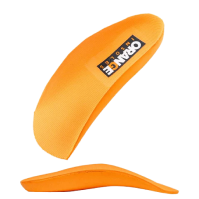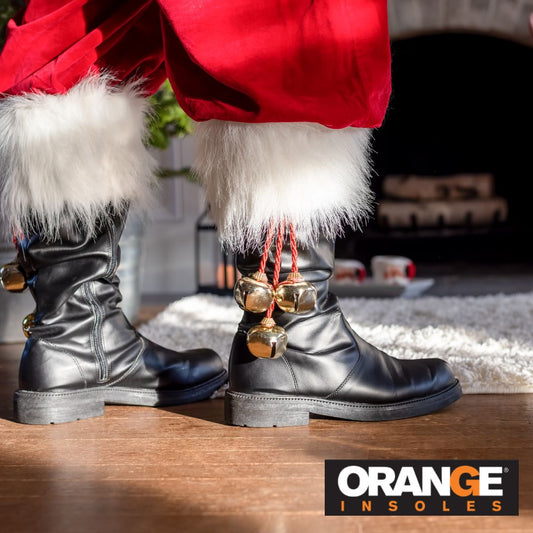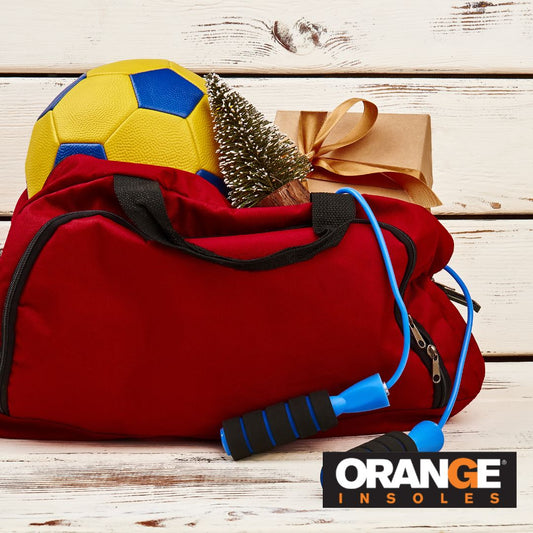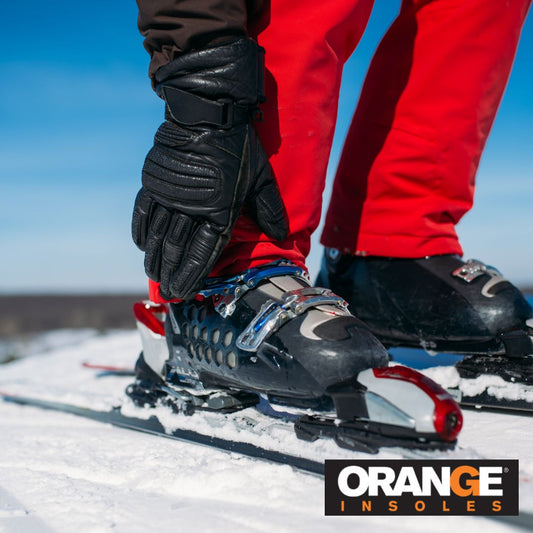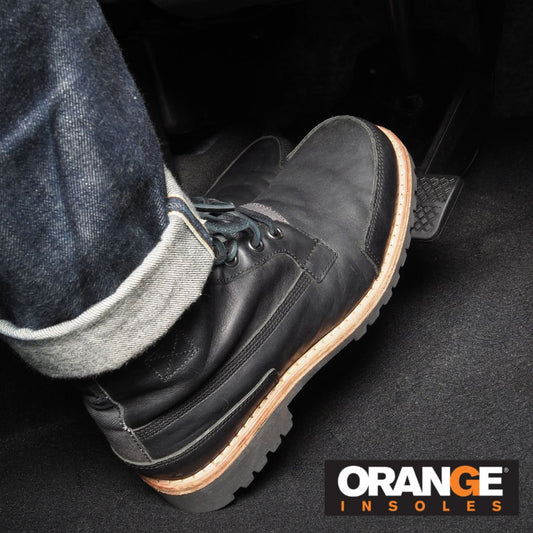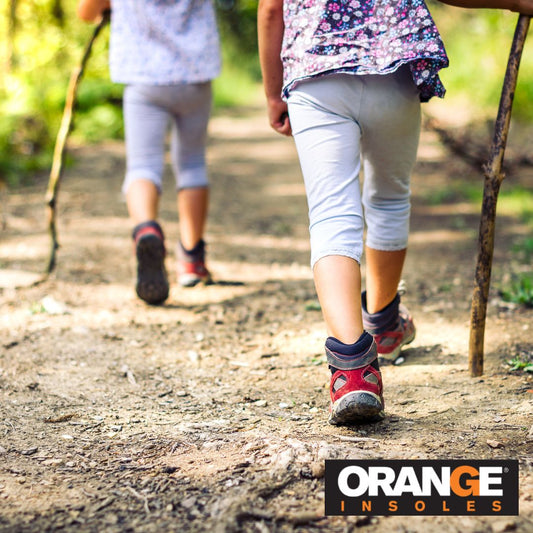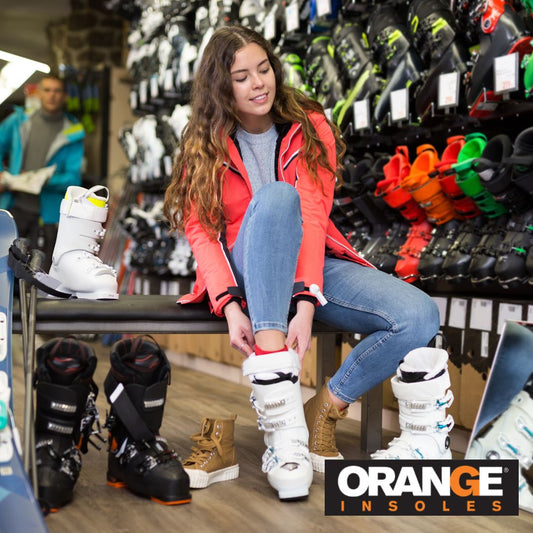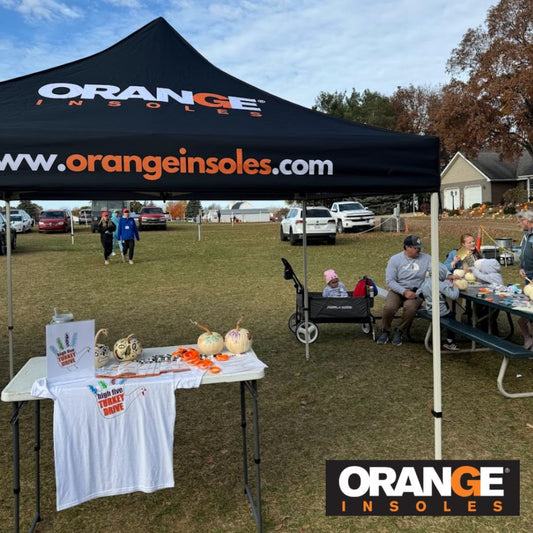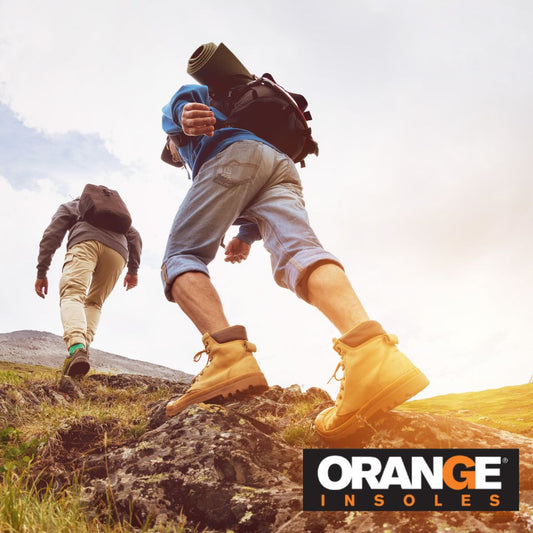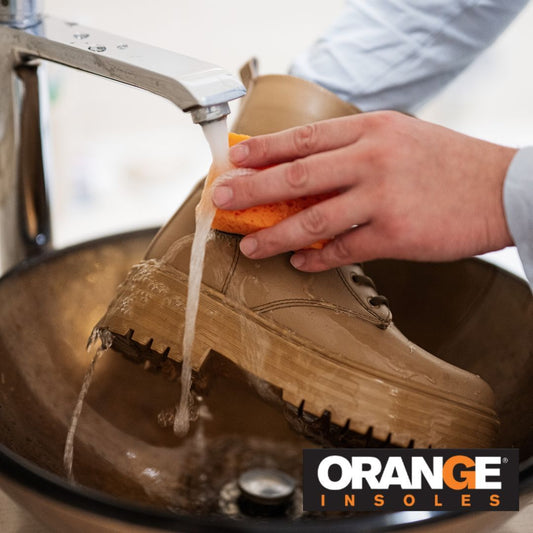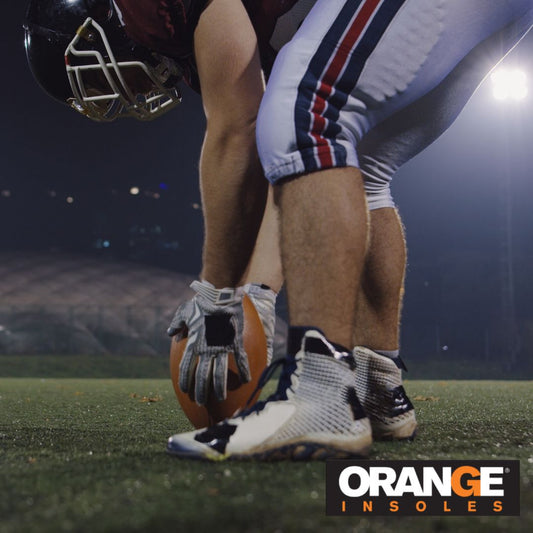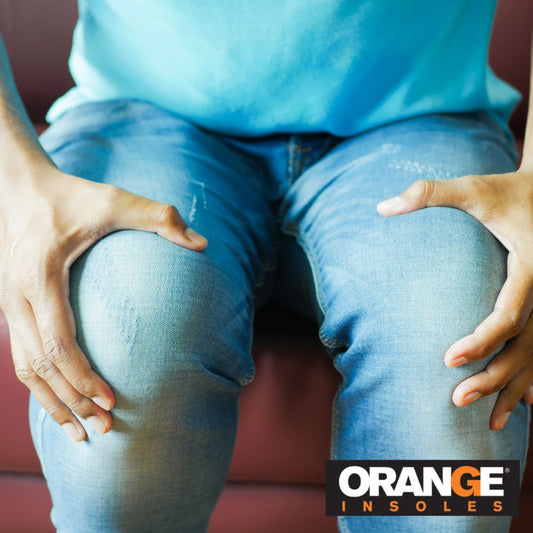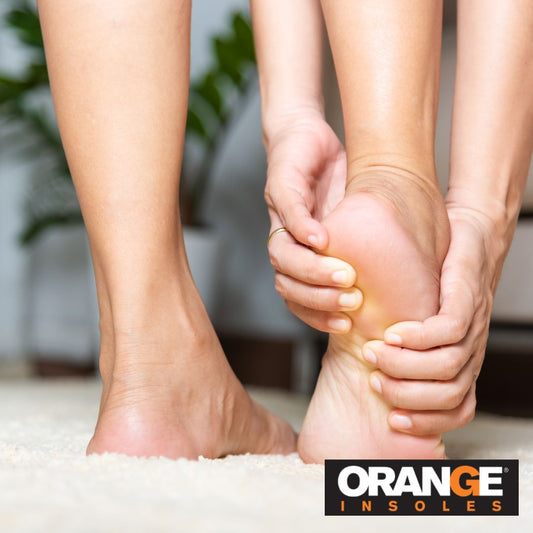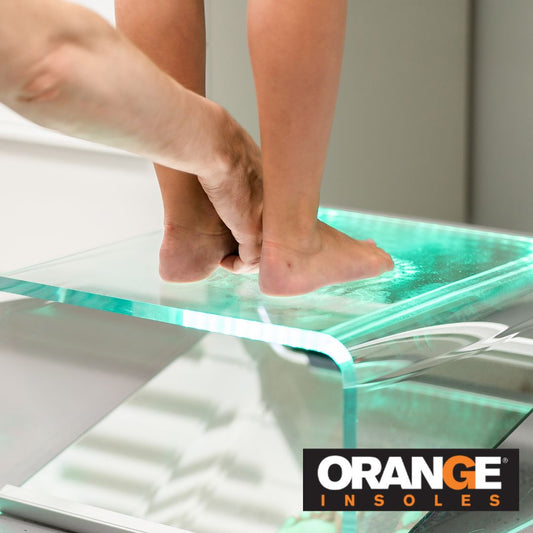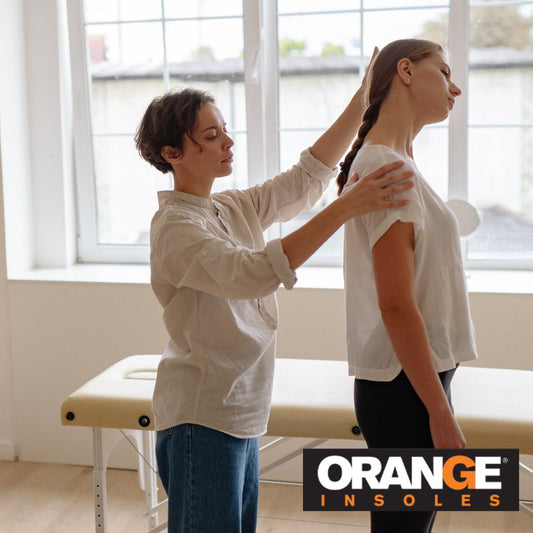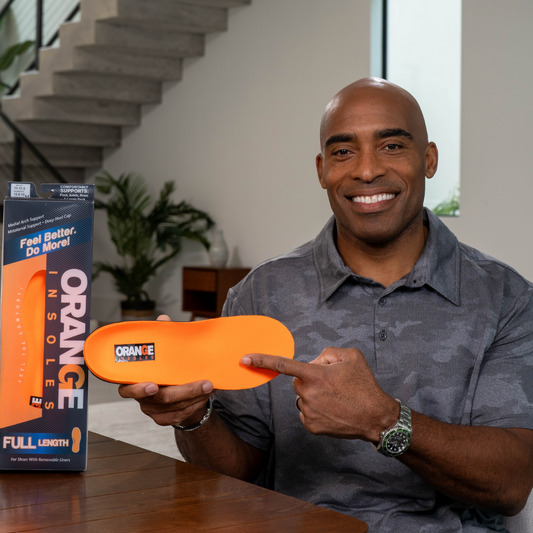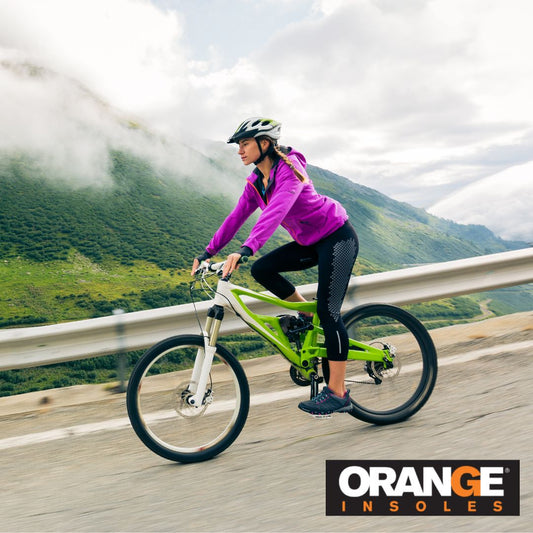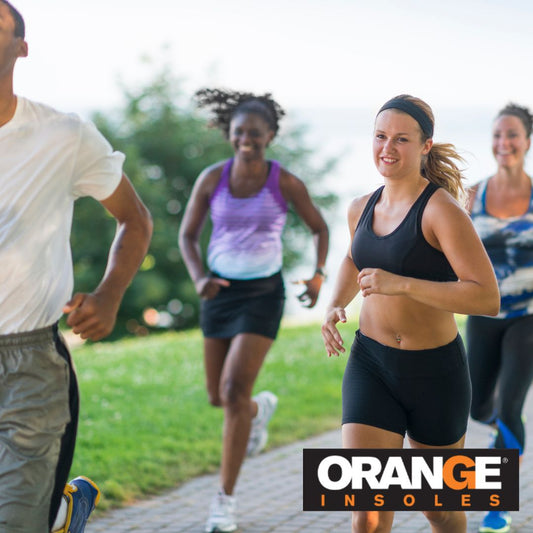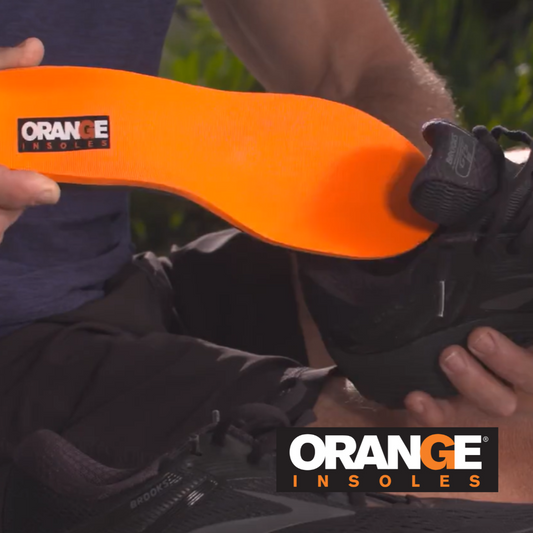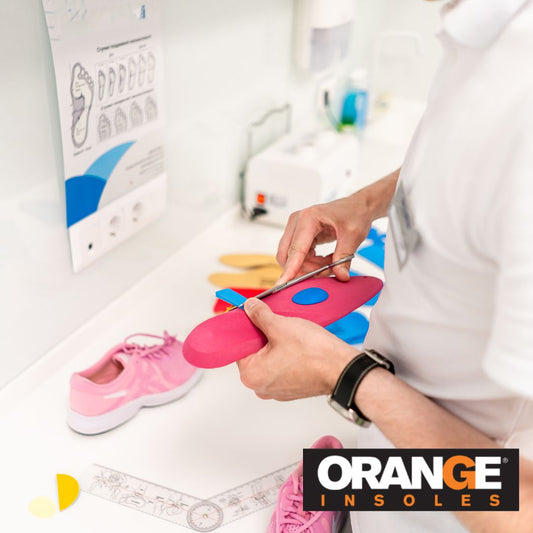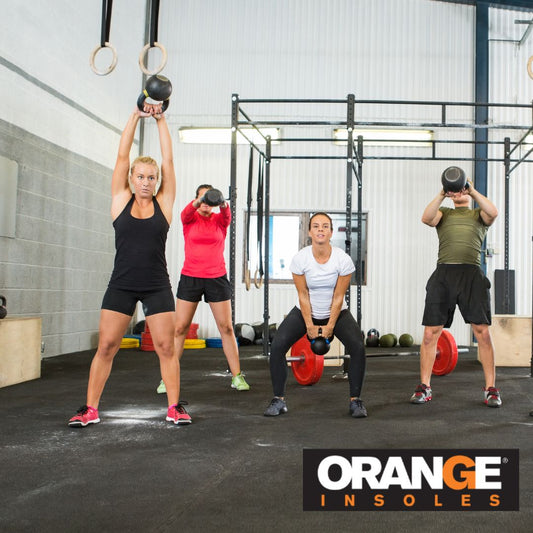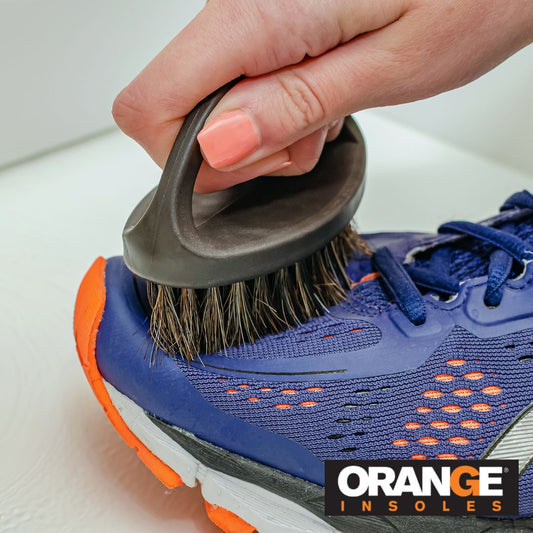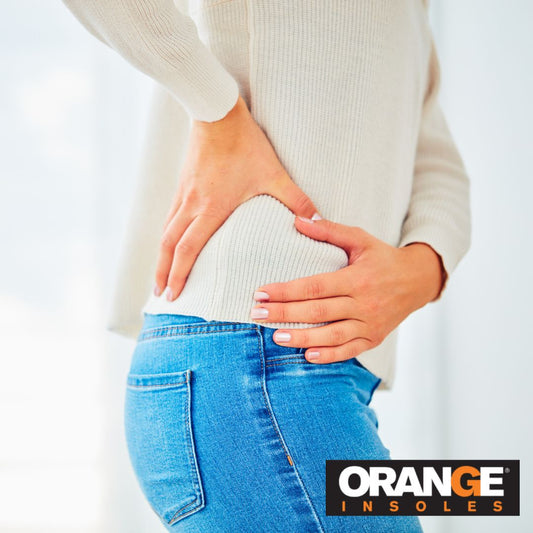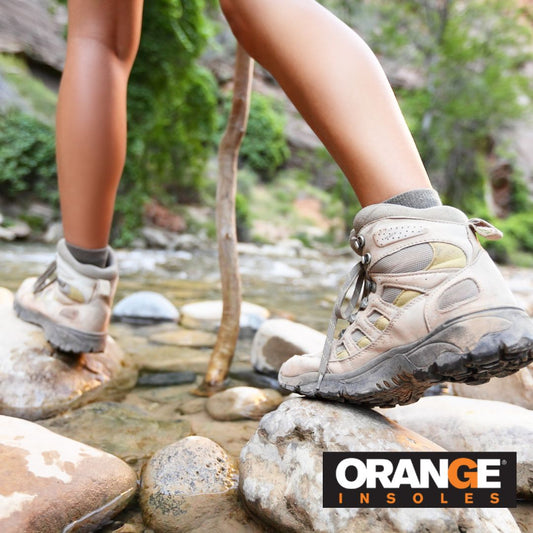You’re looking for a good pair of running shoes. You go to the wall of shoes and see all sorts of options. Different shock absorption methods, mesh and leather styles, shoes that mimic bare feet and shoes with motion control components. How do you know what type of shoe you need? What’s the best running shoe for you?
While there seem to be a ton of options available, at a huge variety of price points, not all of these issues factor into how supportive the shoe will be for your running and walking needs.
Let’s look into some common questions about running and walking shoes.
What’s the difference between a running shoe and a walking shoe?
If you’re looking at that overwhelming wall at the shoe store, you may see some shoes marketed as running shoes, while others are marketed as walking shoes. Which raises the question: is there a real difference?
The answer? Yes… but it doesn’t have much to do with support.
Shoes marketed as walking shoes tend to have the same type of support systems that running shoes have when it comes to common support issues like the width of the outsole, or the composition and the contour of the midsole arch support. The real difference is in the upper portion of the shoe: running shoes tend to have uppers made of mesh, while walking shoes tend to have uppers made of leather, or materials similar to it.
When it comes to uppers, there are a few pros and cons when weighing the mesh vs leather issue. Leather shoes may offer more protection, or have the aesthetic that you’re going for, and they tend to be easier to clean. However, mesh shoes tend to be more flexible, more breathable, and lighter weight than leather shoes.
Can you walk in running shoes? Absolutely. We’ve actually heard more running shoes recommended for walkers than walking shoes!
Can you run in walking shoes? Well… technically you could, (they won’t lack support,) but they may not be as comfortable, especially on longer runs.
What about all the bells and whistles?
The next thing you’ll notice about that wall of shoes: there are a LOT of features.
Shoes with toes in them. Shoes of many different colors. Gel shock absorbers. Foam shock absorbers. Patent pending special air-based shock absorbers. Things that pump other things. Super breathing extra awesome fabric.
And the prices... ranging from the super affordable to eye-bulgingly expensive.
All of these things can make a difference in your footwear experience. It’s great to have good shock absorption. It’s good to be comfortable and happy in your running shoes.
However, none of those things will impact the level of support you get from your shoes. So don’t take the highest price tag to mean the most support! The price may be about the bells and whistles more than where the rubber meets the road.
So how do you determine support?
The first step: consider your foot type.
The type of foot you have influences your gait, the motion your feet go through from the strike of your heel through when you toe off into the next step. Do you have an efficient gait? Or does your foot tend to overpronate, rolling excessively on inside of your foot and causing torque? Does your foot supenate, putting the weight along the outer edge of your foot?
Your foot type will determine the amount and type of support that you need, whether it’s extra arch support to correct overpronation or a motion correcting shoe to keep you from shifting weight to the outside of the foot.
When determining your foot type, it’s best to see a professional who can help you diagnose it. Look for specialty stores for running shoes and classes that help with running form. A good diagnosis will include elements like
- Videotaping the gait while walking and running to get a sense of foot movement
- Observing the foot while the knees are bent
- Watching how the foot reacts when balancing on one leg
All of these, when viewed by someone who knows what to look for, can help determine foot type and how the foot will react to a particular shoe.
When determining your foot type, be sure to examine your arches. Are your feet relatively flat? Do you have naturally high arches? That may or may not be an indicator of how much support you need.
The body can often adjust to flat feet just fine, so if you do have flat feet the important thing is to determine whether it influences your gait. (And if it does so in a negative way, how to correct for it.) High arches don’t mean that you don’t need arch support- high arches can drop when they aren’t supported properly.
So keep all of these issues in mind when determining the amount of support you need in your running shoe. As we discussed in our post on The Anatomy Of A Shoe, a wider base outsole will help increase balance and support, but they will be heavier. Consider your foot type and what your needs are before making a footwear purchase!
What’s the difference between “street shoes” and “trail shoes?”
Let’s go back to that imposing wall of shoes for a second. You may see some specifically marked as “trail shoes.” Does that mean they can only be used on a mountainside? Will they lack the support you need if you take them on the road?
Again, the difference here is not tied so much to support.
Trail shoes are running shoes that have been built up to withstand the unique environment of trails. They usually have a reinforced toe (in case you kick a root or something.) They may have a tighter mesh for additional water resistance. (Though they aren’t usually waterproof.) And they can have a deeper lug sole for better traction, while a street shoe will be more flat.
Otherwise, they can have equal amounts of support. So, if you find a trail shoe that fits your needs, (and isn’t too heavy for comfort,) don’t be afraid to take it to the streets!
What about fit?
Having the right fit is absolutely crucial when settling on a running shoe. In fact, the right fit is right up there with having the right support when it comes to determining the best shoe for your foot.
Having the right size is important. But fit isn’t just size. We recommend the following:
- Make sure you have enough space from the end of your toe to end of the shoe. As you run or walk, your foot will slide forward, so you don’t want it to slam repeatedly against the toe. From the toe to the end of the stitch, you’ll want about a ¼ to ½ inch from the tip of your toes to end of the shoe. Without the right space, you can develop problems with your toes and toenails.
- Don’t have shoes that are too tight in the forefoot. This may produce a tingling sensation, or send your foot to sleep. If your foot is sliding, wearing them too tight can generate friction & blistering.
- Ensure that your heel is secure, not sliding up and down. Friction will wear the back of your shoes out prematurely. If your heel is slipping, lace through the back eyelet, (the one hardly anyone uses,) to secure and tighten back of the heel.
What about inserts?
If you have a shoe that fits perfectly and provides the right support, you may not need an insole. However, you may notice a huge difference in your level of comfort and support if you use a supplementary insole with good support in the medial arch, heel, and metatarsal region.
An insole like the Orange light can fit into a running shoe and help give you the support that you need when training. Check out our inventory to find one in your size!


